Hi everyone! It’s Michele here for today’s Learning Center post with info on some basic quilting tools to get you started, a few reference books, a couple of inexpensive tool ideas and links to standard quilt sizes. As we explore the various techniques of quilting in upcoming posts this year, we’ll share tools and recommendations specifically related to those types of quilting.
Later this month, I’m also putting together a blog post with reader recommendations for “not so basic tools”. I’ve received several great ideas already. If you have a tool that you’d like to recommend, send me an email, a photo of the tool and/or a link to where it can be purchased and a couple of sentences why you like the tool. Don’t forget to include your name and a link to your own blog, if you have one.
Photos included below are for illustration purposes and not meant to represent me recommending one brand over another. That’s not the purpose of this post.
Basic Quilting Tools
Let’s face it, quilting can be expensive. If you’re just starting out it’ll be overwhelming the huge number of products available to us. Remember quilters of previous generations had a very small selection of tools and they produced such beautiful results. Some lovely fabric scraps, needle, thread, cardboard templates and scissors is all they had in their day.
Start small and build up your collection of tools as you need them. Buy the best quality you can afford at the time. Go to quilt shows to see the latest tools available and to try them out before buying. I try to avoid impulse buying and instead will watch a tool demo, walk away, and if I’m still thinking about it later, it’s time to back to the booth and get it. :)
Here’s what the quilter of our time will want in his/her toolbox:
- Rotary cutter – the best time saving tool ever created
- Self-healing cutting mat – must have to use the cutter
- Rulers – to use with the above
- Scissors
- Seam ripper – yes unsewing is a part of the quilter’s life
- Gorgeous fabric, threads, needles, sewing machine and an iron
The last item on my list we’ll explore later in March and April.
Rotary Cutters
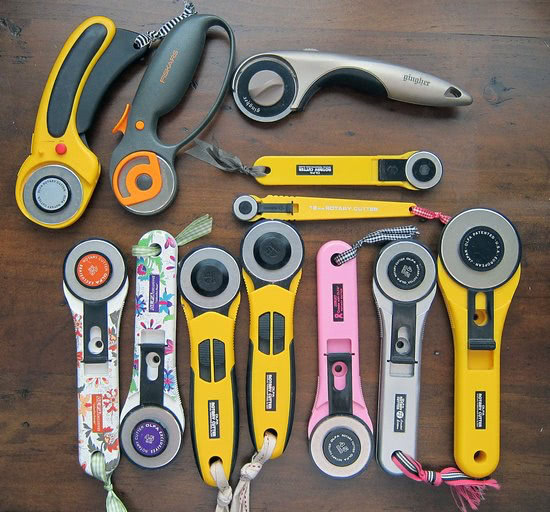
I had a funny email exchange with Carrie Nelson last month when she shared with us her studio organization tips. She said …
I called her the Queen of rotary cutters and asked her to send me a photo of her stash of cutters. Here’s what she had to say …
Please tell me you know how it is… even though it is a style or configuration you don’t use, no self-respecting quilter would get rid of a rotary cutter that still works! If nothing else, it might yield the last almost-sharp blade in the house! So I have the old ones I used all the time… all the collector Olfa’s that I either bought or was given… and then the quick-change cutters that are my favorite. I love those because of the shape of the handle ~ so comfortable.
By the way, you’ll probably notice that I tie ribbons to my rotary cutters. Just whatever is handy. I started doing that eons ago when I would take tools to class as a quick way to identify my rotary cutter in a sea of similar tools. I got used to seeing it so they look kind of nekkid when they don’t have a ribbon… but I’ve also found that the ribbon often makes the cutter easier to spot when it is under/partially covered by fabric or other stuff. So when the ribbon gets a little old and ratty-looking, I just switch it out without something new.
Rotary cutters come in several different sizes (18mm, 28mm, 45mm and 60mm), shapes, colours and configurations. Many companies make cutters including Olfa, Fiskars, Clover, June Tailor, Gingher and others. Some like the Grace Company make cutters that are meant to be more ergonomic and less stressful on the body, such as this one, My Comfort Cutter:

For the beginner, I’d suggest getting the 45mm one, it’s the one you’ll use the most. If you can, try them out at a quilt store or show to pick one that feels nice in your hand. Cutters have come a long way over the years. In my stash, I have three cutters: two 45mm ones an old style and a newer style and a 28mm one. The old 45mm one is used strictly for batting or paper and always has a dull blade that I’ve transferred from the fabric cutting one. Don’t forget to pick up a pack of extra blades.
If you’re left-handed, you’ll definitely want to try out the cutter you’re thinking to buy or be sure to purchase one that states is if for left-handed users, such as this one from Olfa:
Self-healing Cutting Mats
Like rotary cutters, cutting mats come in a wide variety of styles, configurations and sizes. The most important thing to remember when buying a cutting mat is to purchase one that is “self-healing”. I made the mistake when I first started out of getting one that wasn’t and it didn’t last long at all.
What size you choose will also depend on how much space you have available in your sewing room. I have two 24″x36″ mats (one for batting/paper only), a rotating mat (shown below), a mat ironing board combo (also shown) and a couple of tiny ones that are handy beside my sewing machine when paper-piecing. I covet one of the larger mats if only I had the space for one.
Rulers
To go with your newly acquired mat and rotary cutter, you’ll need some rulers. Once again there are numerous companies that make rulers and many fabulous speciality rulers too. Best advice I can give when purchasing a ruler is to make sure that you can easily read the lines on the ruler. I have purchased a few that are impossible to read on any fabric colour. For the beginner, I’d suggest three basic sizes: 6.5″ square, 12″ square and a 6.5″x24.5″ long ruler.
Shown above is the 12.5″ square The Cutting Edge ruler that Pat Sloan designed and was developed by Sullivans. We’re giving away two 6.5″x24.5” rulers, see below for details.
Scissors
Even with a rotary cutter, you’ll still need some scissors. There are many to choose from and specialty scissors galore. Buy what you can afford for the task you are doing. I’d recommend a good pair for cutting fabrics, a pair for cutting paper, and a small pair for cutting threads.
I’m not sure how many I own, but I do have a nice collection. :) I found this Scissors Challenge on Flickr, and was surprised to see that it was something Pat did a couple of years ago. Yes, my collection is similar to these!
1. From Elise Fare, 2. IMG_1822, 3. IMG_1807, 4. scissors collection, 5. 43 Pairs of Scissors, 6. DSCN6995, 7. My Scissors, 8. A flower from Scissors, 9. my scissors collection
Seam Ripper
The seam ripper will be your best friend. Choose a good quality one with a small point at the end. You’ll be thankful for it.
Reference Books
Here are a few reference books that you might want to add to your library:
Mz Tool Lady
Pat’s friend Stevii Graves shares a few of her clever and inexpensive tool ideas. I’ll definitely be using the emery board trick real soon… why didn’t I think of that!
It is always fun to find quilty uses for non-quilty items.
Treat yourself to a pedicure. Dream about quilt designs as they massage your feet. To keep nail polish from getting on your toes a little foam separator is placed between your toes. Once the polish is dry the foam thing-a-ma-jig is removed. If anyone tries to throw away the foam thing, hit ’em with your purse! Instead of your toes, put wound bobbins in the foam thing. The bobbins will be held tight and will not unwind. Its a great way to transport bobbins to a class or retreat.

Deli paper can be found is big box stores, like Costco, and it’s intended use is to wrap sandwiches. Smart quilters know that it has better uses. It can be used to draw and trace patterns and as a stabilizer when sewing decorative stitches. It is also a perfect thing to protect your ironing board when fusing small pieces. Its not release paper, but can be a great protector for ironing board and iron. If you insist on using the deli paper for food, I’d recommend wrapping chocolate!
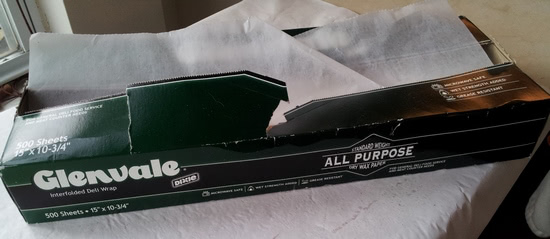
Drawing a diagonal line onto fabric and then sewing a 1/4″ seam allowance on either side of the line is a fabulous way to make half square triangles units. Instead of using a slippery ruler, use an emery board. It provides a straight edge to draw against and it will never slip around on the fabric.
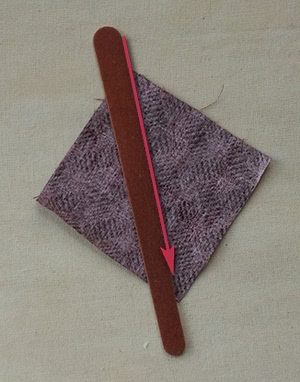
Pin cushions are so much fun to make as gifts. To fill the pin cushions, take a trip to the pet supply store and buy a bag of reptile bedding to use as the filler. Reptile bedding is ground walnut shells, which machinists use in tumblers to polish metal. Your pins and needles will love being stuck in a pin cushion filled with reptile bedding. Use a kitchen funnel to pour the shells into the pin cushion.
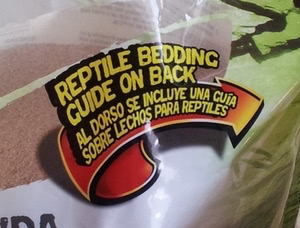

Standard Quilt Sizes
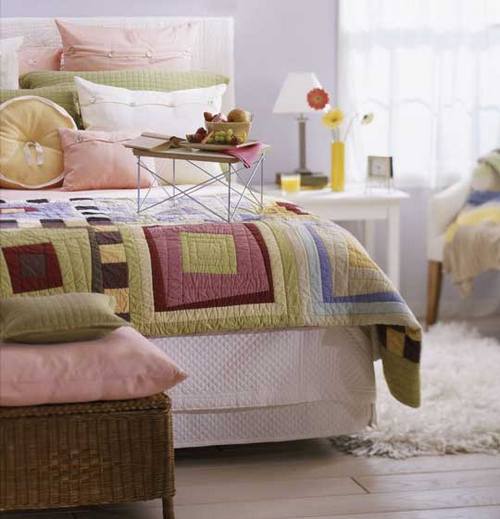
Our friends at American Patchwork & Quilting have an article about determining a quilt size
and a PDF document of the standard quilt and batting sizes. More info on sizes including table toppers is available at the Sewing/Needlework web site.
Give-Away
Long post … are you still with me?

The good folks at Sullivans are giving away two 6.5″x24.5″ The Cutting Edge rulers. See them in action YouTube videos. You can buy them in your local quilt shops or at Joann’s or Keepsake Quilting online.
To enter the give-away, in the comments below answer “What are your favourite ruler sizes?”. Two winners will be randomly selected March 15th.
Congratulations to the winners. Check your inbox for an email from me.
#6 Sandy A
#76 Dawn


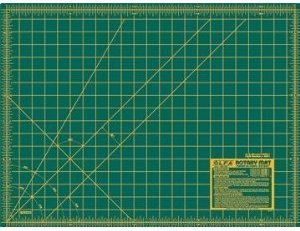

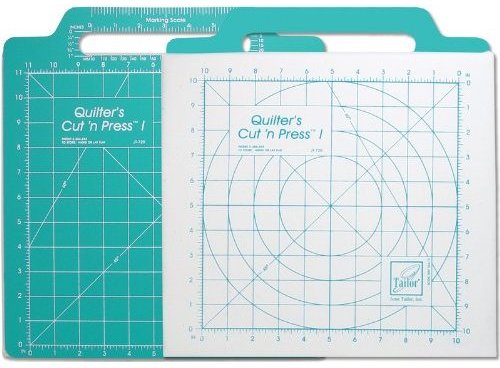




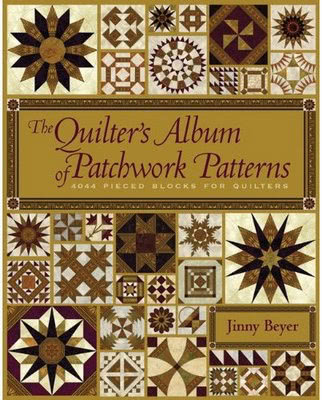
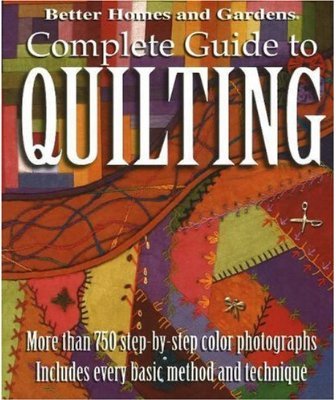
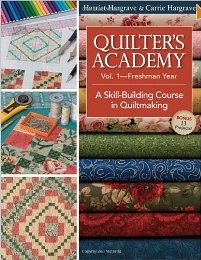
I love my 6.5×6.5 and my 6×24. But I have many more!! Kathie L in Allentown
My favourites are 6.5×24.5 and 12″ square. Thanks for the giveaway!
My favorite ruler is my 6″ x 24″ ruler. I have tried others, but I always go back to this one. Thanks for the chance on your giveaway!
Gosh! I have several rulers I use often: my 6×12 and a 6.5″ square. Would be great to have a longer one to make life easier.
I use my 6 x 24″ and 6 x 12″ ruler most – a 6.5 xy 24.5 would be especially useful.
Thanks for the opporutnity to win one
My favorites are the 6.5×24.5 and the 6.5×6.5. I just got a new rotary cutter, and it’d be great to have a new ruler to go with it!
Although the sizes I use most often are 6.5″ x 12″ and 6.5″ x 24.5″ my favourites are 12.5″ square and 20.5″ square. Great for squaring up borders and cutting those large squares we need for settong triangles, applique, etc. cheers, Karen
Thanks for the great info about walnut shells! I really want to make a cathedral window pincushion… My favourite ruler is a 6x a 18″, but after reading the comments I am thinking of getting a 6.5×6.5″, which seems to be a favourite for many! Thanks for the giveaway!!!!
I use my 6 x 24 & 6 x 12 inch rulers the most. Also love my 6 1/2 in square ruler. Recently got a couple of Monique Dillards rulers that I’m anxious to try out.
Thanks for the giveaway!
My favorite rulers are the 6 1/2 square,and the 6 x 24. I also have a 4 x 14 that I can’t live without!
My favorite is s 5×26 inch ruler. It is the first I ever bought it has a small lip on one end that can grab the mat for a little extra stability. Follow that by my 12 1/2 inch square!
I have 2 favorite sizes 6.5 x 24 and 8.5 X 13……This is an exciting chance…..My little sister has one of these and raves about it.!!!!
My favorite size ruler is the 6.5 X 12.5, I use it all the time.
I love the toe separator tip! I am sure you could find cheap ones at the Dollar store also.
I love the 6×12 ruler.
pam roever at yahoo dot com
My favorite ruler of the five I own is definately my 5″ x 24″ O’Lipfa. Can’t imagine trying to rotary cut without it. I have used it so much that it has begun to show signs of wear along the first six inches. I guess I need to get another one, but I’d feel bad to part with my “old friend.”
great post – must try and find some of that reptile bedding for my pincusions !! and I love the sullivan’s rulers – I have a 9 1/2 ” square sullivans and sometimes I use it just to sharpen the blade of my cutter – I love my little 4 1/2 ” ruler – its great for small jobs – and I’d love another 6 1/2 x 24 1/2 ruler – it would be so handy to have two to put together – thanks for the chance to win :)
Wonderful info!! Since I do a lot of strip quilts I find my 6 x 24 in my hand a LOT for WOF cuts. I also find my Starmaker triangle fun to play with. Give aways are always a hoot!! Keep up the good work.
My favorite ruler size is a 6 1/2 square – just right for most strips and to square up any blocks. Thanks so much!
This was an excellent article! Lots of good information! My favorite rulers are 6X12, 6X24, 12.5X12.5 & 6.5X6.5. I would love a new ruler!